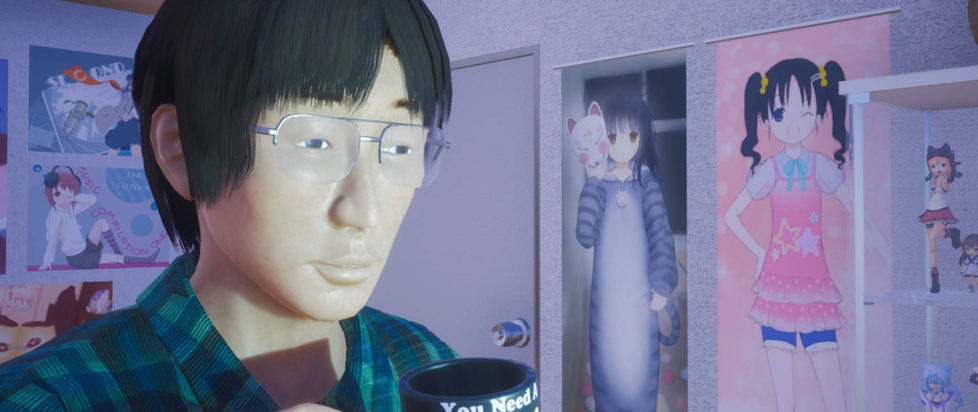
Network Effects
This feature is a reprint from Unwinnable Monthly #151. If you like what you see, grab the magazine for less than ten dollars, or subscribe and get all future magazines for half price.
———
This series of MegaGrant spotlights is made possible through the generous sponsorship of Epic Games. While Epic puts us in touch with our subjects, they have no input or approval in the final story.
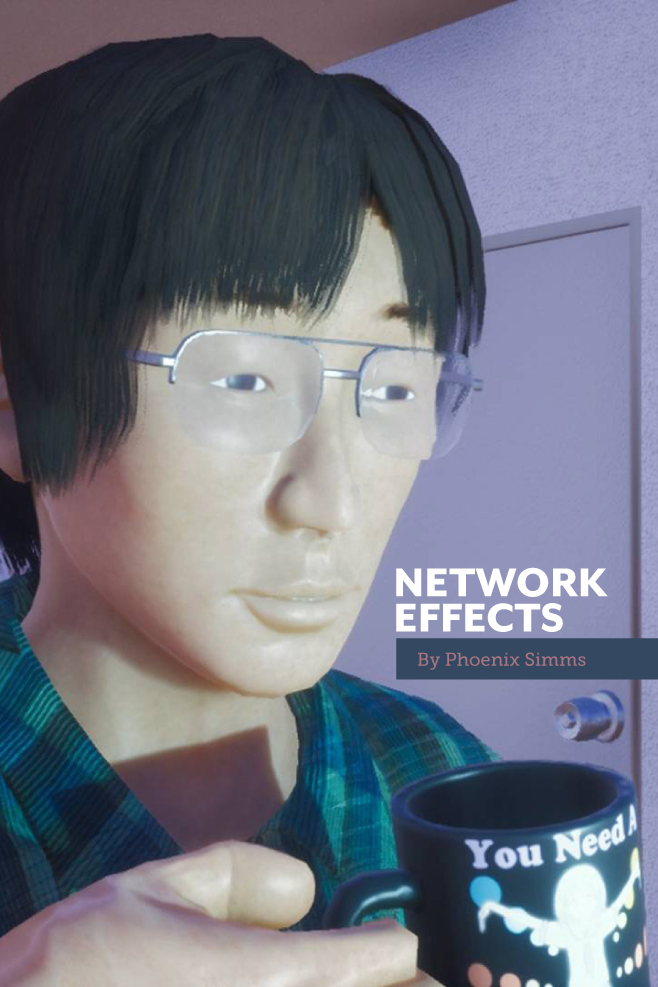
In June of 2020 Sean and Nami, a couple of YouTube creators, posted a short profile video that went viral. At present, nearly nine million people have viewed it. That video was titled “A Day in the Life of a Japanese Hikikomori (Shut In)” and followed a typical daily routine for the subject in question, Nito Souji, who has spent the last ten years living inside his apartment in Kobe since his graduation from college. This video was unique for several reasons: not least of which is that hikikomori are assumed to be completely averse to social contact. Many profiles of shut-ins over the years by both the Japanese and international press have stressed this aspect in a sensational manner.
Hikikomori are often characterized both in the news and popular media in extremely reductive ways, labelling them as mentally ill, lazy, or even violent in general terms. These stereotypes often go unchecked, especially in Japanese society, where becoming a hikikomori is considered too shameful to talk about both by those who are hikikomori and the general populace. This sets up a perpetual cycle of misunderstanding and prejudice as a result, and even prompted one former hikikomori, Naohiro Kimura, to found a newspaper produced by and for shut ins to dispel stigma and raise awareness of how withdrawing from society is a multifaceted issue.
Sean and Nami’s profile was a much-less biased perspective on a hikikomori’s lifestyle and they respectfully interviewed Souji, allowing him to share his personal views and experience. In addition to the insightfulness of this profile, which showcased Souji’s plight as a socially anxious graduate who didn’t fit into Japan’s strict office culture and describes himself as being “inclined to novels/comics/music that is regarded as a niche work.” When his initial job search for TV stations and productions did not go as planned, Souji returned to his hometown and decided to pursue writing and work at various jobs until his writing took off. But the pressure to become financially independent and the lack of a friend circle in his hometown led to a deep sense of shame that made him become a hikikomori. But his decision to isolate wasn’t one of resignation but great determination that he could pivot to a different career. He started by doing a short stint as a self-taught artist publishing doujinshi, a kind of underground comix, to an online distributor, but soon found that this was not creatively fulfilling, even though there was a possibility for sustained income via the high-in-demand manga market.
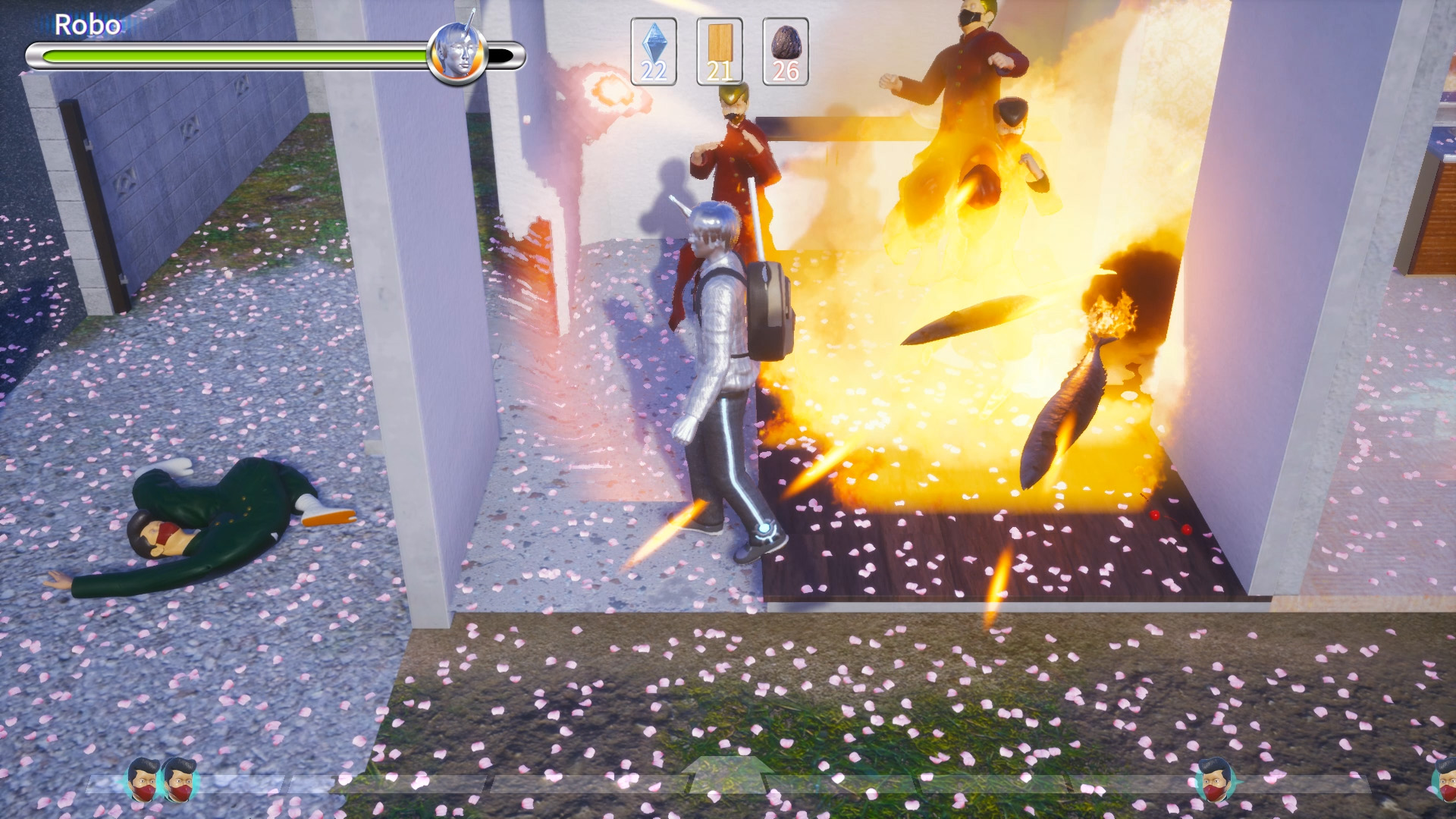
Instead, Souji decided to become a solo game developer and taught himself English so that he could read and interact with game design documents, as well as the online game development community on forums like Reddit. At the time of the Sean and Nami interview, Souji had been developing game prototypes since Unreal Engine became free to use for creators in 2015 and had settled on a project of three years titled the literal translation for the hikikomori term: Pull Stay. According to one of his YouTube videos about learning game design, he chose Unreal Engine not just for its open access software but because of its built-in visual scripting tool, which enabled him to skip learning the programming language from scratch. He describes Pull Stay on his steam page as “a wacky Beat ‘em up game with Tower Defense mechanics” where you (a robot) defend a hikikomori named Susumu from various intruders on his privacy.
Pull Stay has a striking balance of slapstick comedy (featuring many gag-like traps like a mechanical punching glove, a giant toothpaste bottle and a deep-fryer) and satire. Think It’s Okay to Laugh! meets Big Man Japan. Players fend off salarymen, monsters made out of Amazon boxes, martial arts fighters and geeks, keeping them from harassing Susumu in his room. Even the soundtrack reflects this, with its contemplative lo-fi title screen theme juxtaposed with the hyper main fighting theme which features chiptune-like samples. Unlike Souji’s previous prototypes, which were aiming for some of Steam’s most popular genres like management and building simulators, or survival games, Pull Stay is more personal in design, pulling from his experience as a hikikomori, his unique sense of humor and his favorite genre of beat ‘em ups.
The genre and tone of the game may seem counterintuitive at the outset, but as Souji explains, “I really need to focus on what is the unique sales point of my game; you’ve got to stand out from the crowded market. I had seen gifs from Japanese comedy shows going viral on Imgur/Reddit many times. Humor is an essential aspect of my life. I thought I could make a unique game in this realm to attract the global audience.” As it turns out, the Japanese user-base on Steam is very small and, as such, the game project targets a mostly English-speaking market on the platform.
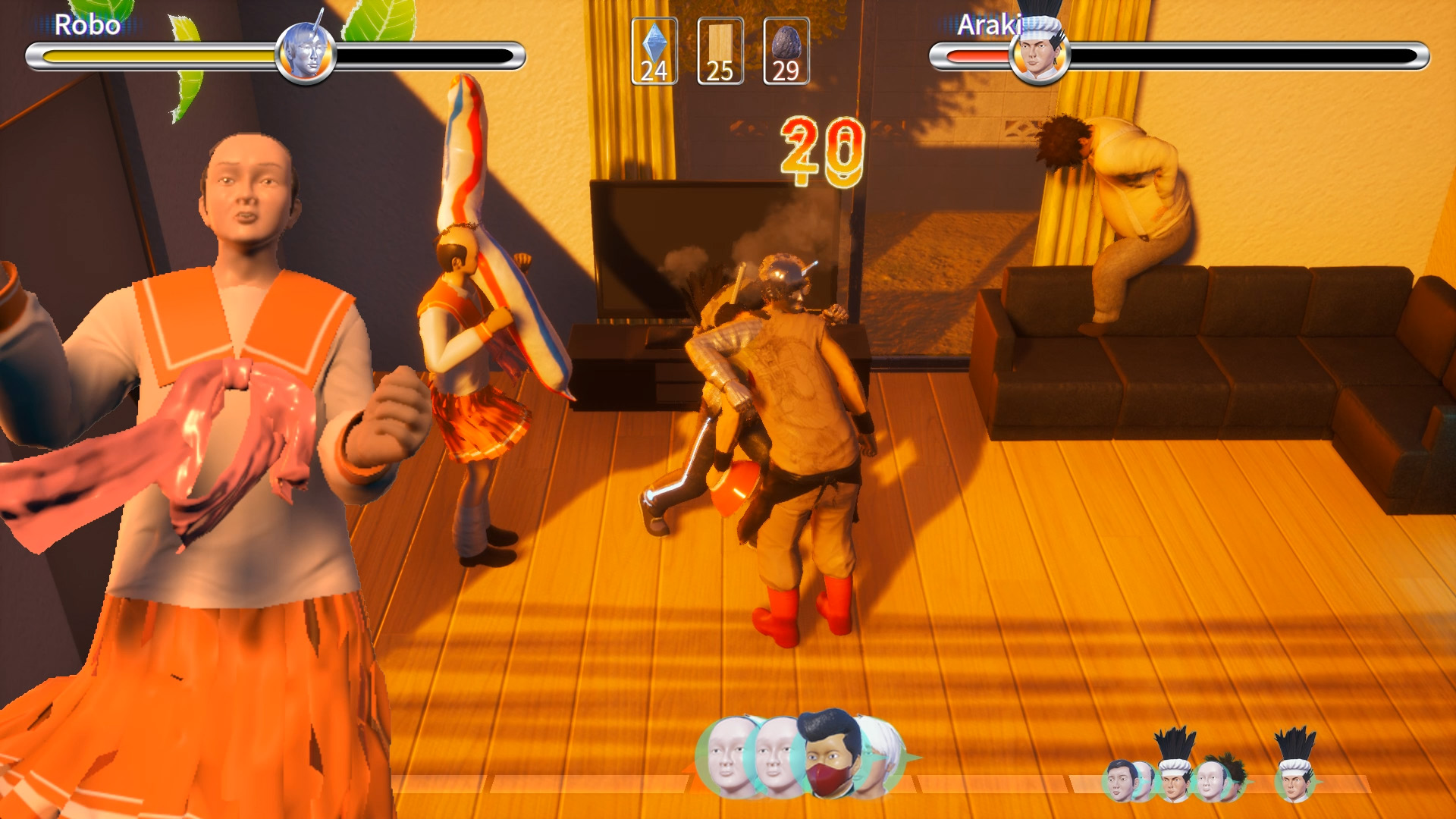
In complete contradiction to stereotypes of shut-ins, Souji’s focus has been to create a game that will serve as a portfolio piece and a way for him to become self-sufficient. He has stated that since he has become a hikikomori, in fact, that his goal has always been to live off of his creative works and he takes the commercial viability of any of his projects very seriously. According to Souji, this is reflected even in the naming of Pull Stay’s hikikomori protagonist, Susumu: “People’s names in Japan are generally written in kanji, kanji has its meaning, so our first name generally has a meaning. And it represents their parents’ love and hope for the child. Susumu is written as 進; it means “move forward” and “progress” and such. Since I became a hikikomori, I have always felt ashamed of myself for my financial dependence. I have always felt anxious about not being able to move forward enough. I named my protagonist “Susumu” to These sentiments will be expressed not just through the core fighting and trap mechanics, but through short cutscenes and dialogue as well. Souji eventually wants to move on to larger team-based game design project and wants to travel abroad to meet other game devs, which is significant growth considering his initial reservations that led to him isolating himself and losing his ties to friends he met during his university days.

In this regard, his reclusion is similar to another indie solo developer, Eric Barone of Stardew Valley fame. Having realized that their work was very niche for a traditional career path, they decided to devote themselves full-time to becoming self-made creators. Excepting the soundtrack, modified particle assets from Unreal’s marketplace and some 3D models (i.e. trees) nearly all of Pull Stay was made by Souji, including the 3D assets, animations and character models.
The major difference between these solo creators though, other than the extent of their isolation, is how quickly they gained support from both online communities and eventually companies. For Barone, support and recognition from British developer and publisher Chucklefish came after just a year of development when he posted his prototype to Steam’s Greenlight program. But Souji spent at least three to five years in game development before going viral with the Sean and Nami video. Considering that he had also previously garnered a fair amount of attention (22,200 upvotes) sharing his story on Reddit’s r/IAmA subreddit in 2018, the surge in engagement via YouTube two years afterward has led to some understandable shock. Near the end of his video interview, he mentioned that although he’s not a misanthrope he doesn’t feel lonely much. This is likely due to the fact that he prefers solo work and indeed his backup plan if his project isn’t a meteoric success is to use Pull Stay as a portfolio piece to find remote freelance work in the games industry.
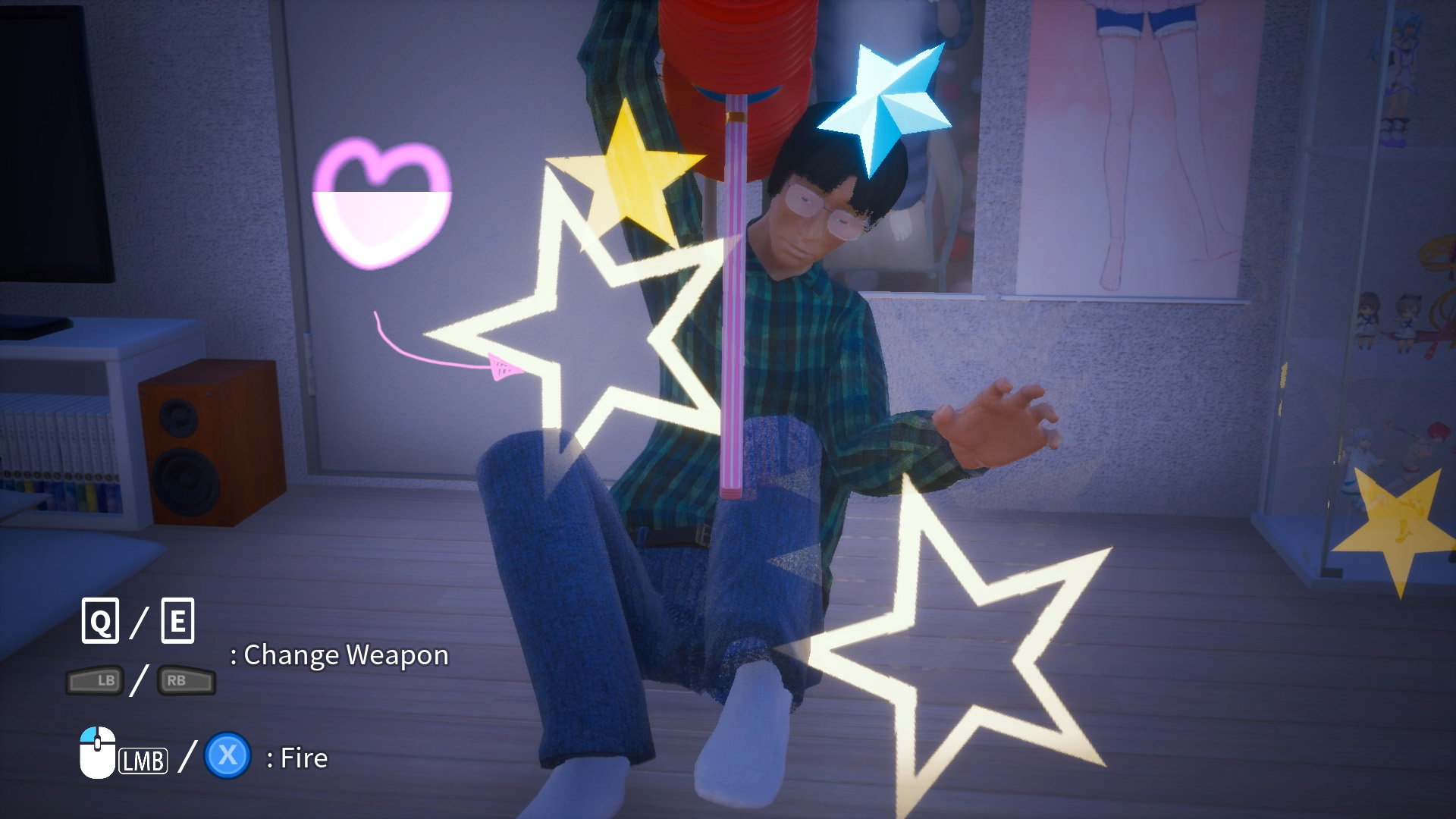
Souji has since garnered a massive community of supportive and like-minded individuals because of this video profile. He has started his own YouTube and Discord channels since and livestreams his development process regularly. There are always many in attendance actively engaging in the chat log. During one livestream I tuned into, there was even a fellow hikikomori who commented that Souji and his project was their motivation to “get out” of their isolation. In fact, members of his Discord community have volunteered their expertise with regards to proofreading the English script as well as translating Pull Stay into Chinese for the rapidly expanding Chinese player base on Steam. Here his previous college experience came into play, his Chinese language skills helping him reach out to both a Singaporean member of his Discord and the rapidly expanding Chinese developer and player base on Steam. Souji was even inspired to have conversations with several indie Chinese developers on forums after finding a successful Chinese indie game project called Otaku’s Adventure on Steam.
This feeling of disorientation mentioned above is amplified by Souji’s state of extreme isolation: “Being a hikikomori typically leads to losing your social ties. That’s what I experienced. But when it comes to game development, especially if you want to become a commercial game dev, you can’t be alone. You need to learn from other game devs, need to reach out to people to find your audience. I had never thought about that when I started learning game development.” Souji even goes so far as to say that sometimes he isn’t sure that his work deserves the attention, although he is very thankful for his fan base and how they’ve been the turning point in his solo game dev journey.
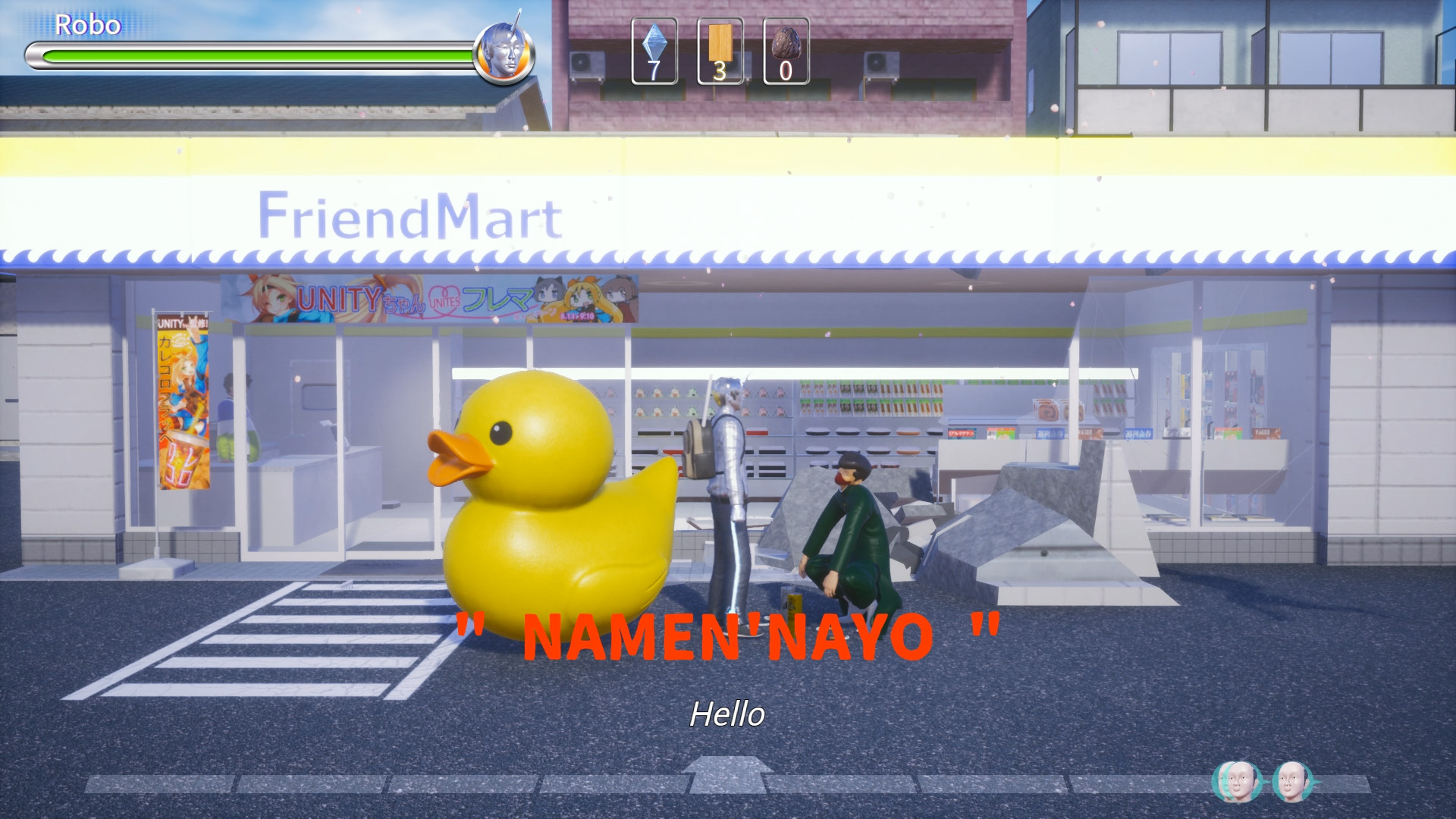
Souji was running a Kickstarter at around the time of the viral video and arguably this helped him achieve both his initial goal of raising ¥1,100,000 (about $8,800) and nearly reach his stretch goal of ¥4,008,224 ($32,000). But the cost of living in Japan is steep (roughly ¥128,000 or $1,000 per month according to a video breaking down the overall development costs) and Souji found that as his project grew larger, the more often he’s pushed the release date on Steam. That is, until Pull Stay attracted the attention of Epic Games, who offered their MegaGrant for creators using Unreal Engine at a crucial juncture:
“Originally, I had planned to release Pull Stay in April 2022. But I had to push it back to April 2023 because the game contents were getting bigger than I had expected. MegaGrant has filled this financial gap and literally helped me sustain the development.
I’d like to give Tim Sweeney a big hug if possible 🐻”
Indeed, thanks to the MegaGrant, Souji has had more time and resources to consider implementing an ending to Pull Stay that he believes will be poignant and aligned with his and others’ hikikomori experience. For those players who are checking out the game specifically to see how Susumu’s character arc ends, Souji hints that the ending might surprise them. “This new idea [for the game’s ending] made me realize what I hadn’t noticed about becoming a hikikomori. I’m very looking forward to seeing feedback from players (´▽`)”
Communication and community are paramount for game development. Nito Souji’s case is an example of how while we should celebrate the creativity and achievements of individuals and their determination to change and grow, we should also acknowledge and celebrate how people grow by reaching out to each other for support in game development and beyond. But as well, we should honor our core alignments (whether predominantly introverted or extroverted) and find balance between our creative goals and our individual personal needs. Souji’s story of finding a supportive community and gaining vital structural support via Epic Games open source software and funding is especially striking in the wake of stories about labor rights and mistreatment at big studios, such as the People Make Games expose about indie developers back in March, and how now is the time to move away from glorifying auteur culture.
* * *
You can wishlist Pull Stay today on Steam.
———
Phoenix Simms is a writer and indie narrative designer from Atlantic Canada. You can lure her out of hibernation during the winter with rare McKillip novels, Japanese stationery goods, and ornate cupcakes.




